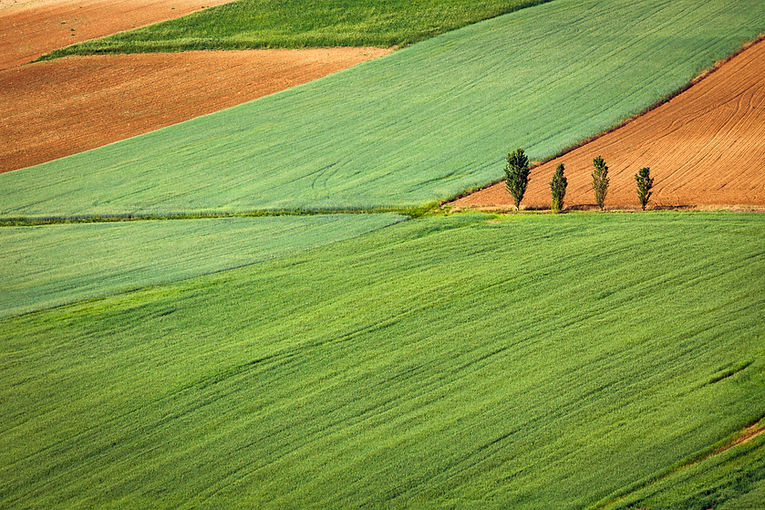Fire monitoring
- Adriaan van Niekerk

- Feb 23, 2019
- 2 min read
Below is a colour image captured by the Sentinel-2 satellite on 20 February 2019. The image covers an active fire near Franschhoek, South Africa, while the fire was threatening very high value vineyards and orchards. From this image it is very difficult to see where the fire is burning, although the smoke plumes provides some indication. In fact, most of the image is covered by smoke and haze and it is difficult to interpret.

However, the short wave infrared (SWIR) band, which was captured at the same time as the colour image, is a good example of how different bands emphasize specific features on the Earth surface (see an earlier post on bands used in agriculture here). The heat from the fires are clearly picked up by the sensor, while burnt vegetation appears much darker (low reflectance). The wavelengths are also longer than those of the visible and near-infrared spectrum and as such they are less affected by smoke and other atmospheric influences.

When the SWIR image of 20 February 2019 is compared to one captured five days earlier, the impact of the fire is very apparent. The SWIR band is in my view the most useful of all multispectral bands as it captures vegetation, heat and moisture. Combining this band with other bands offers many new dimensions to the imagery.

This article was originally published on www.remotesensing.blog, which is devoted to articles about the use of remote sensing and other geospatial technologies for agricultural and related applications.
See related posts:













Comments